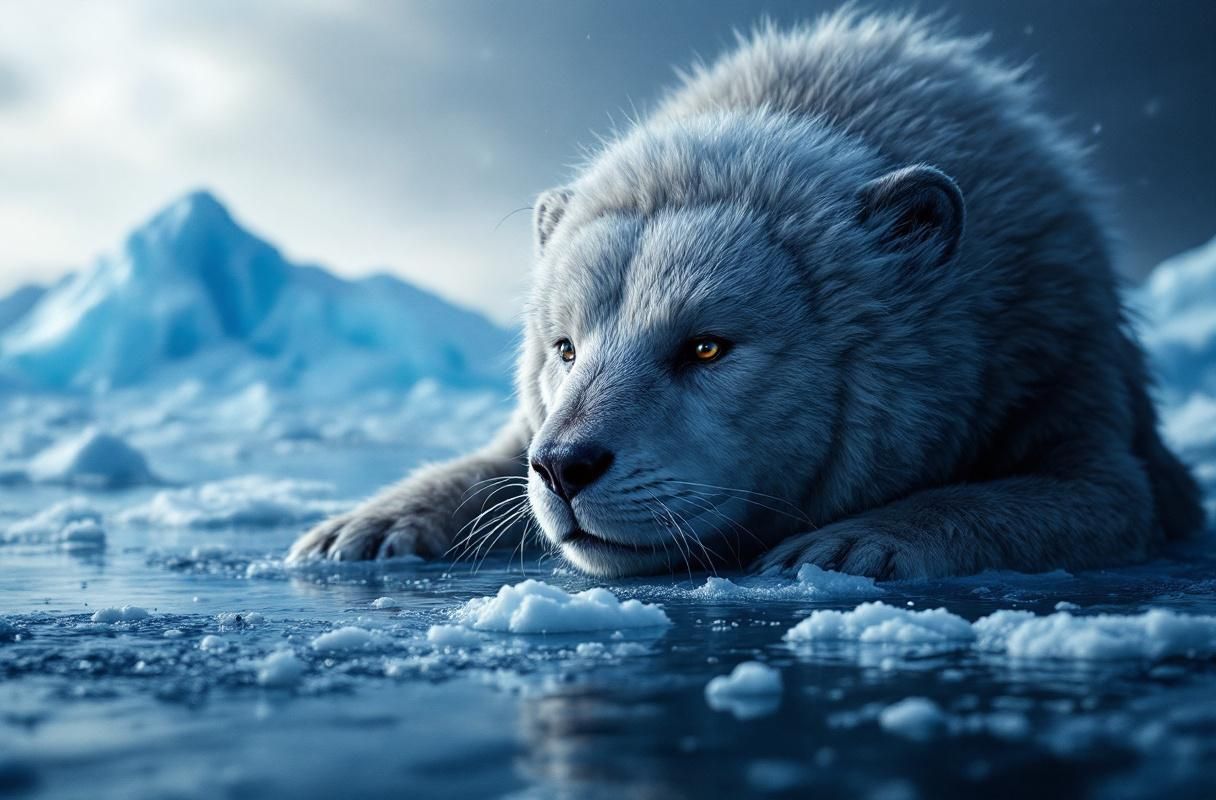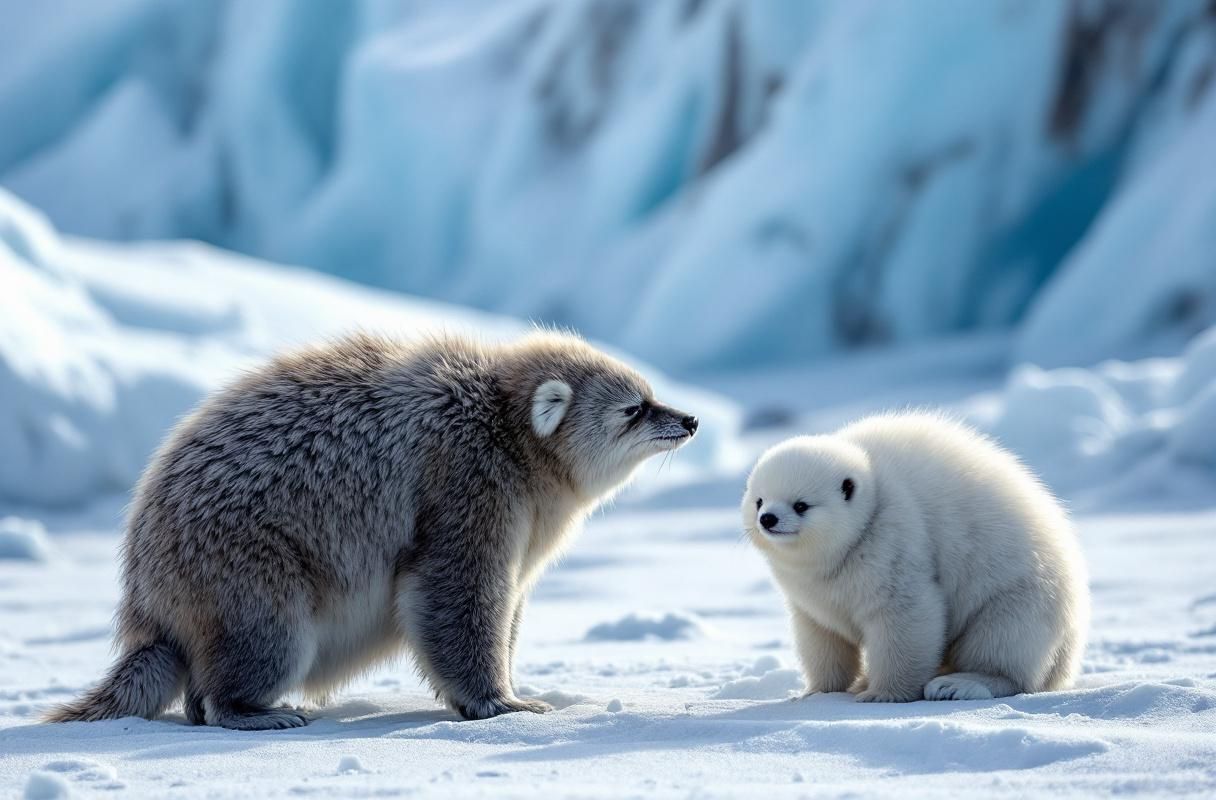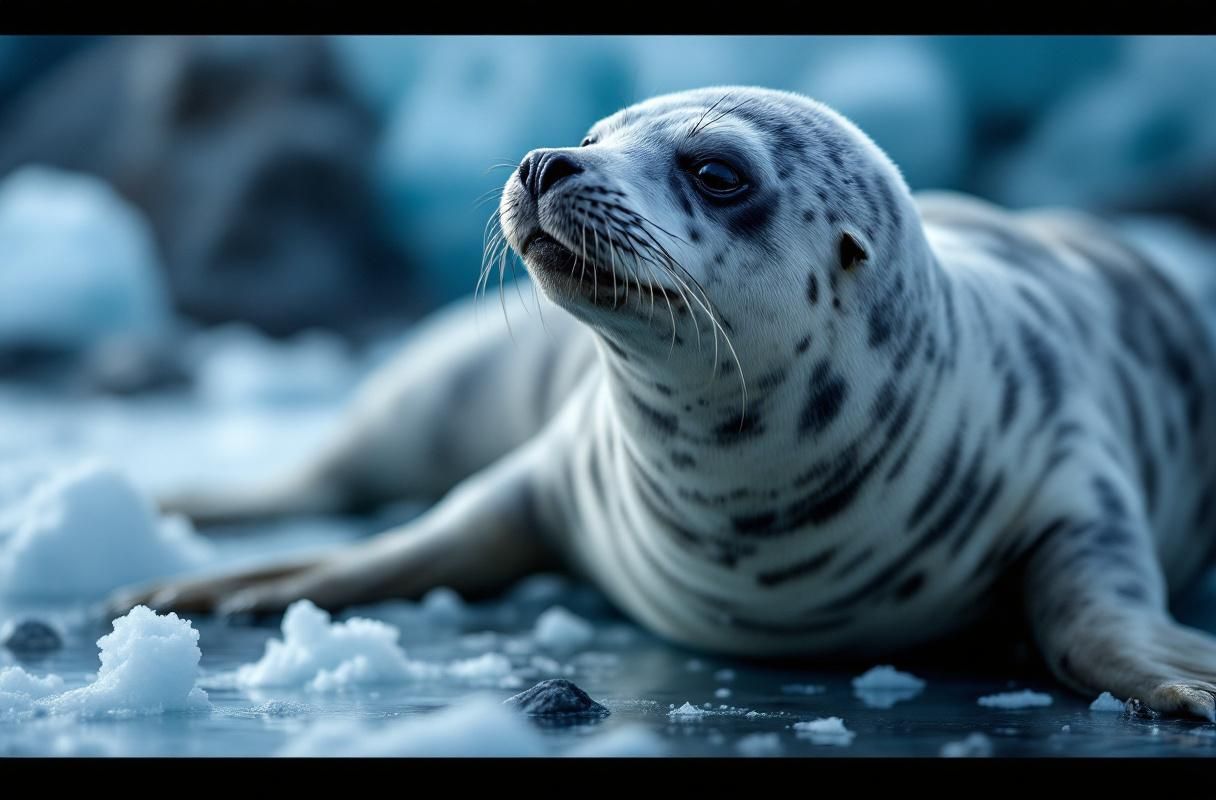
Discover the incredible and diverse wildlife that thrives in one of the harshest environments on Earth. Antarctica is not just a land of ice and snow; it is a vibrant ecosystem teeming with life. From unique penguin species to magnificent whales, the continent is home to a variety of animals that have adapted to survive in extreme conditions. This guide will explore the fascinating animals that inhabit Antarctica, their unique adaptations, and the challenges they face in this frozen landscape.
Antarctica is often perceived as a barren wasteland, but it boasts an astounding array of biodiversity. The continent is home to a myriad of species, including various penguins, seals, seabirds, and whales. The harsh climate and isolation have led to the evolution of unique adaptations among these animals, making Antarctica a living laboratory for studying the effects of extreme environments on biological systems. The region's marine ecosystems are particularly rich, with nutrient-dense waters that support a vast food web.

Conservation efforts are critical for preserving the delicate balance of Antarctica's ecosystems. Climate change, overfishing, and pollution pose significant threats to the wildlife that calls this continent home. Organizations and researchers are working tirelessly to implement protective measures and raise awareness about the importance of preserving these unique ecosystems. The survival of many species is intricately linked to the health of their environment, underscoring the need for ongoing conservation initiatives.
Antarctica is synonymous with penguins, and five key species inhabit this icy landscape, each with distinct characteristics and behaviors.

The Emperor Penguin is the largest of all penguin species and is renowned for its remarkable breeding behavior. During the harsh Antarctic winter, male Emperor Penguins incubate the eggs by balancing them on their feet and covering them with a flap of skin. This extraordinary commitment enables them to endure frigid temperatures and fierce winds, showcasing their resilience.
Adélie Penguins are small, with a distinctive white ring around their eyes. They are known for their playful behavior and are often seen tobogganing on ice. Their diet primarily consists of krill, and they are adept at diving to catch their prey. The adaptability of Adélie Penguins to changing environmental conditions makes them a vital indicator species for monitoring climate change impacts in Antarctica.
The Gentoo Penguin is easily recognizable by its bright orange bill and distinctive white stripe over its head. They are the fastest underwater swimmers among penguins, reaching speeds of up to 36 km/h. Gentoo Penguins are social creatures and often engage in elaborate courtship displays, which include vocalizations and synchronized swimming.
Chinstrap Penguins are named for the narrow black band under their heads that resembles a helmet strap. They are known for their aggressive behavior, particularly during breeding season. These penguins nest in large colonies, and their vocalizations can be heard echoing across the icy landscape, creating a lively atmosphere.
Macaroni Penguins are characterized by their flamboyant yellow crest feathers. They thrive in the sub-Antarctic islands and are known for their loud, braying calls. This species has a unique foraging strategy, diving deep into the ocean to catch krill and small fish, demonstrating their adaptability to the marine environment.
Seals are integral to the Antarctic ecosystem, playing a crucial role in the marine food web. They serve as both predators and prey, influencing the populations of fish and krill. Various species of seals inhabit the region, including Weddell seals, leopard seals, and elephant seals, each exhibiting unique behaviors and adaptations to survive in extreme conditions.

Seals are significant predators in Antarctic waters, consuming large quantities of fish, squid, and krill. Their hunting behavior varies among species; for example, leopard seals are known for their aggressive predation techniques, often hunting penguins and other seals. In contrast, Weddell seals primarily feed on fish and are adept at diving to considerable depths to find food. By maintaining the balance of marine populations, seals play a vital role in the health of the Antarctic ecosystem.
Seals have evolved numerous adaptations to thrive in the frigid Antarctic climate. Their thick blubber provides insulation against the cold, while their streamlined bodies facilitate efficient swimming. Additionally, seals can slow their heart rates while diving, conserving oxygen and enabling them to remain submerged for extended periods. These remarkable adaptations allow seals to navigate the harsh conditions of their environment, making them one of the continent's most resilient inhabitants.
Whales are among the most majestic creatures in the oceans, and their presence is vital to the health of Antarctic ecosystems. Several species, including blue whales, humpback whales, and orcas, inhabit the waters surrounding the continent, each playing a significant role in maintaining the ecological balance.
Whales contribute to the marine ecosystem in various ways, including nutrient cycling and supporting the food web. As they feed, whales excrete nutrients that promote phytoplankton growth, which forms the foundation of the marine food chain. The presence of whales also influences the distribution of prey species, highlighting their importance in maintaining the overall health of marine ecosystems.
Despite their crucial role, whale populations face numerous threats, including climate change, ship strikes, and entanglement in fishing gear. Commercial whaling, although largely curtailed, still poses a risk to certain species. Conservation efforts, such as the establishment of marine protected areas and strict regulations on shipping lanes, are essential to ensure the survival of these magnificent creatures.
The animals of Antarctica have evolved a range of physical and behavioral adaptations to survive in one of the most inhospitable environments on Earth. From the freezing temperatures to the relentless winds, these adaptations are crucial for their survival.
Antarctic animals exhibit a variety of adaptations to cope with the extreme cold. For instance, many species have developed thick layers of blubber and dense fur or feathers to insulate against the cold. Additionally, some animals, like the Emperor Penguin, have specialized blood circulation systems that minimize heat loss during frigid conditions.
Behavioral adaptations are equally important. Many animals engage in social behaviors, such as huddling together for warmth during harsh weather. For example, Emperor Penguins form tightly packed groups during storms to conserve heat. These adaptations are essential for their survival and highlight the incredible resilience of Antarctic wildlife.
During extreme weather events, Antarctic animals have developed various survival strategies. For instance, seals can haul out on ice floes, where they are less exposed to harsh winds and can rest safely. Penguins, on the other hand, often use their body weight to create windbreaks when nesting, providing shelter for their young. These strategies illustrate the ingenuity of Antarctic animals in adapting to their challenging environment.
Antarctica is home to a remarkable array of wildlife that has adapted to thrive in extreme conditions, highlighting the need for ongoing conservation efforts. The unique adaptations of these animals not only showcase the resilience of life but also emphasize the importance of protecting their fragile ecosystems.
If you're ready to implement the insights gained from this Antarctica Animals Guide, Banana Slug Club is here to help. Our services can provide you with the tools and knowledge to support wildlife conservation and promote awareness of the incredible biodiversity found in Antarctica.
For more information on how you can make a difference, please visit our website or contact us directly. Together, we can work towards protecting the unique wildlife of Antarctica and ensuring its preservation for future generations.
Get free resources, early access to new features and updates.
No spam. Just fun educational emails!